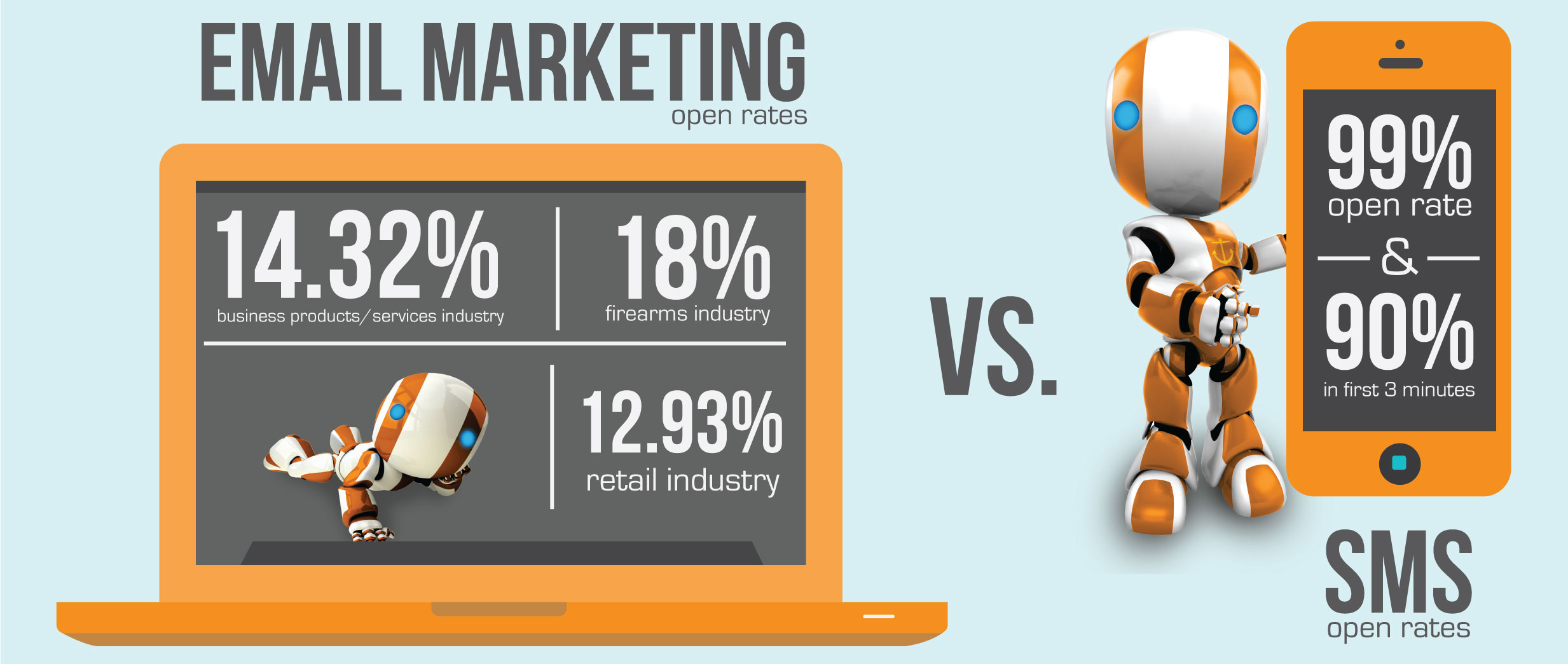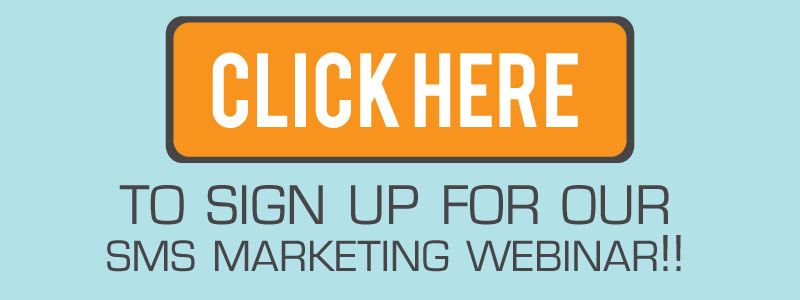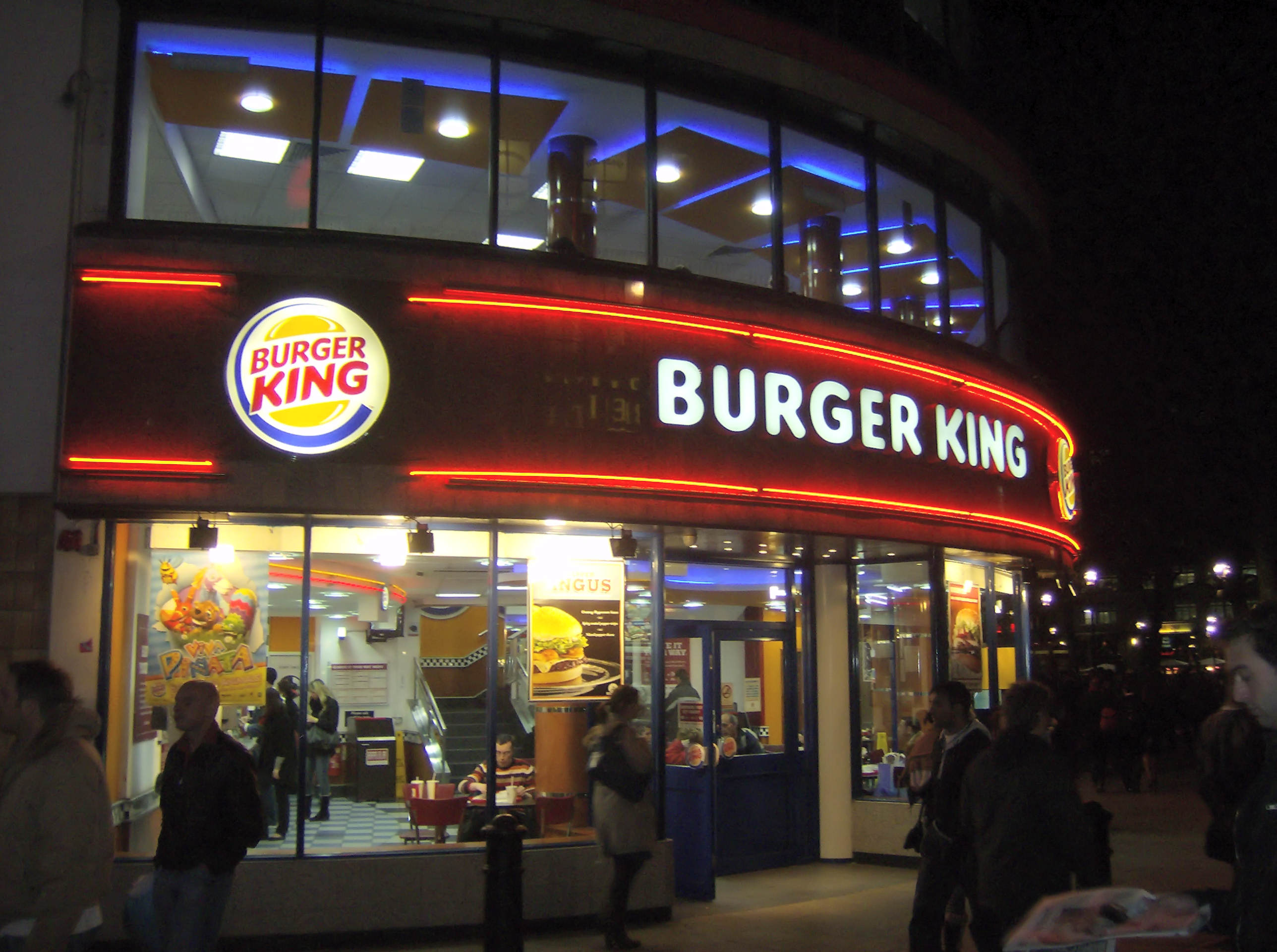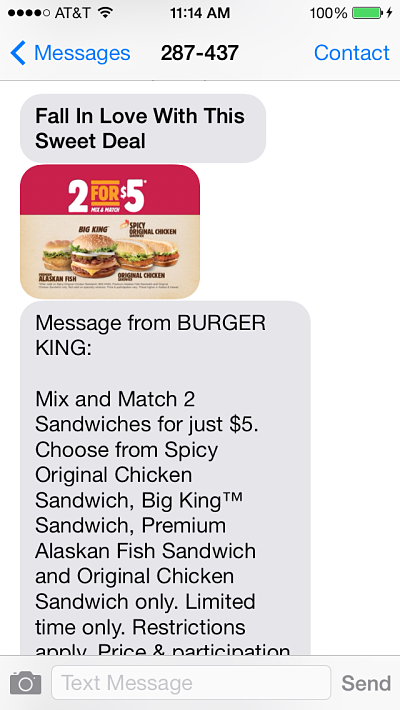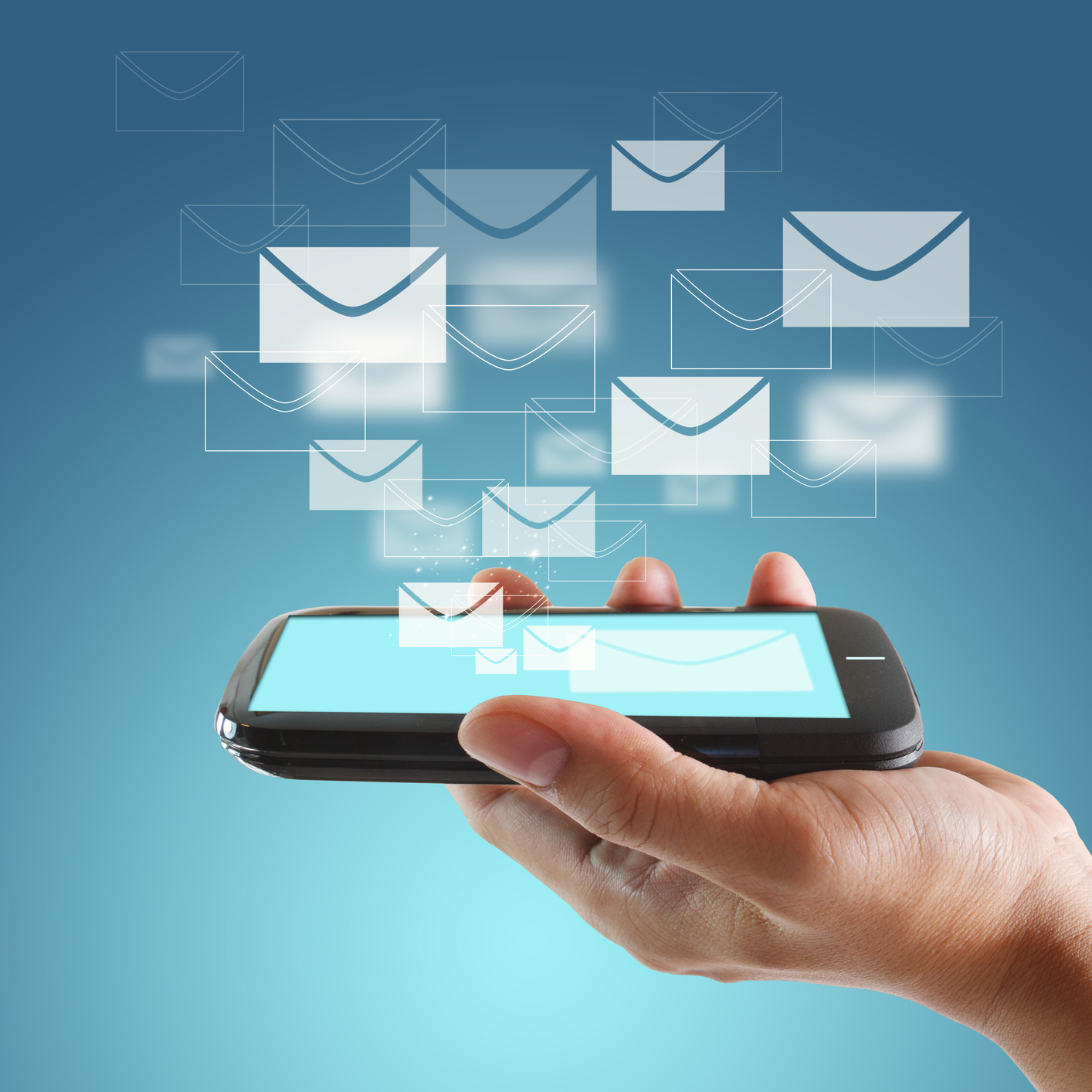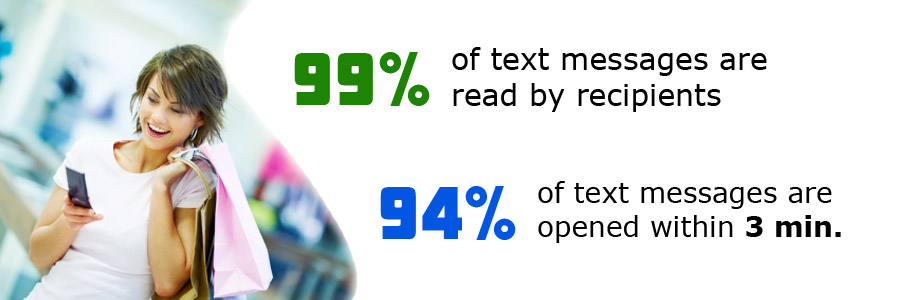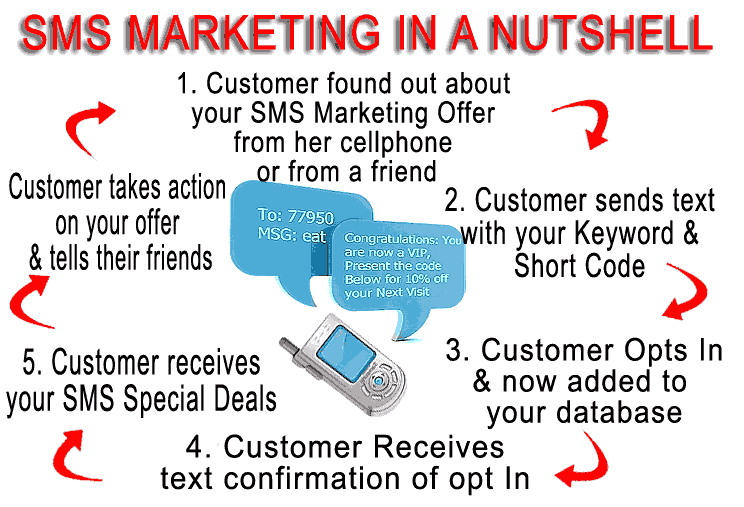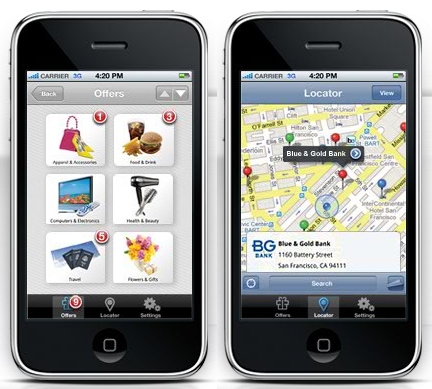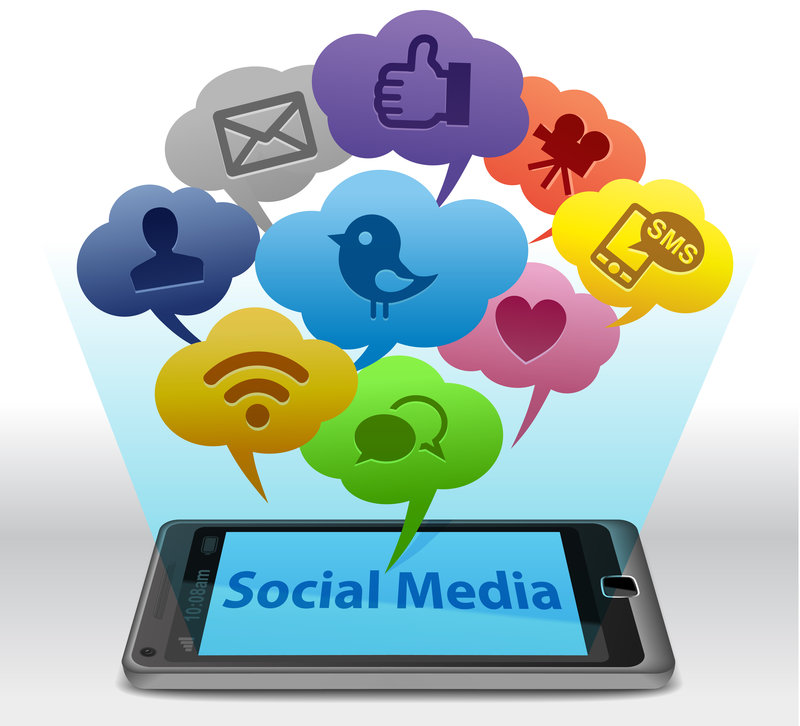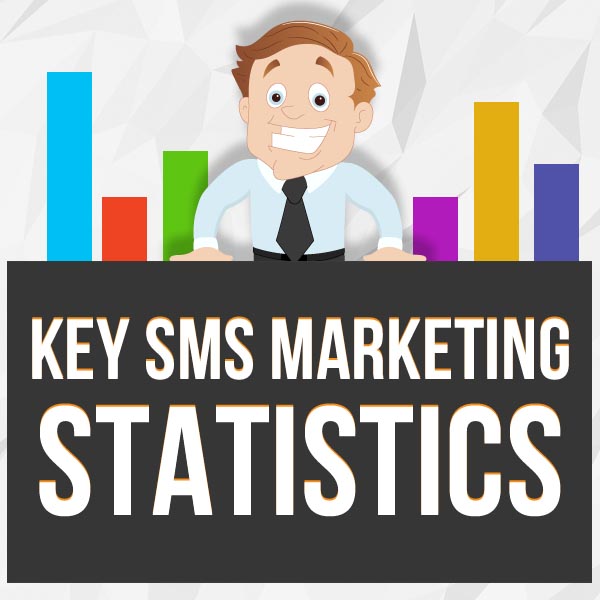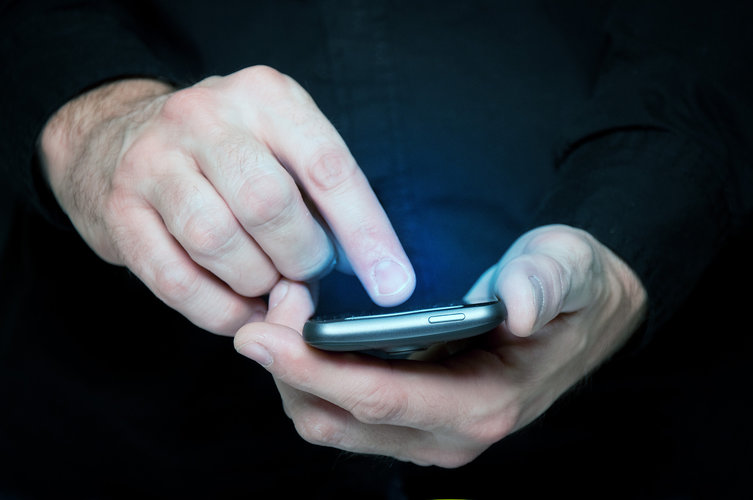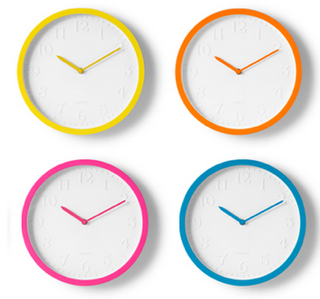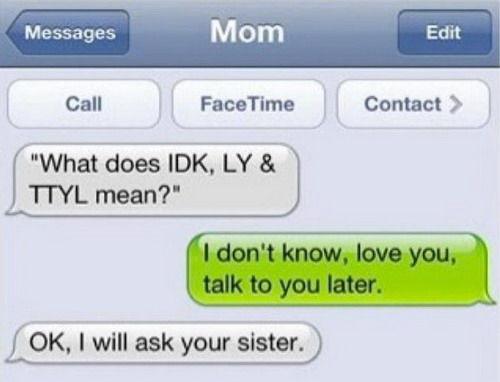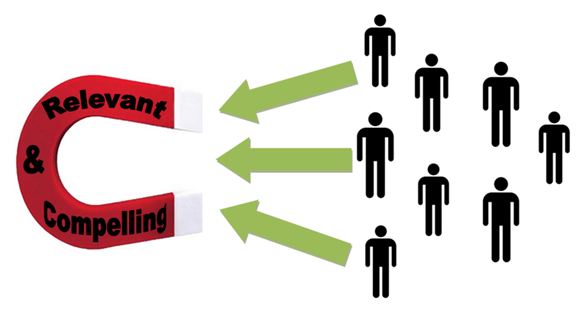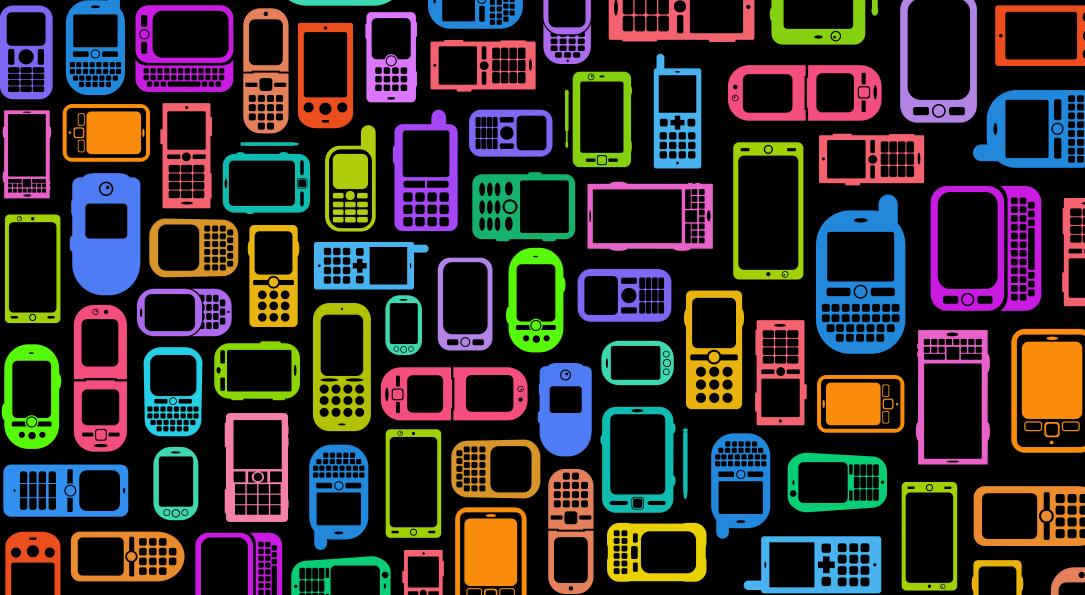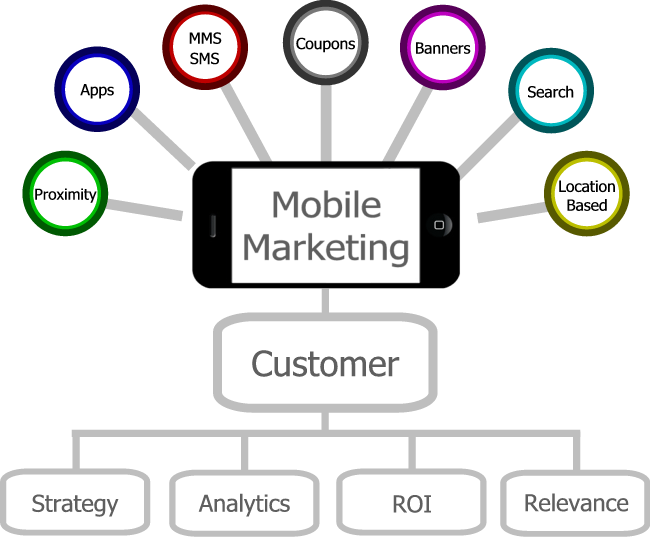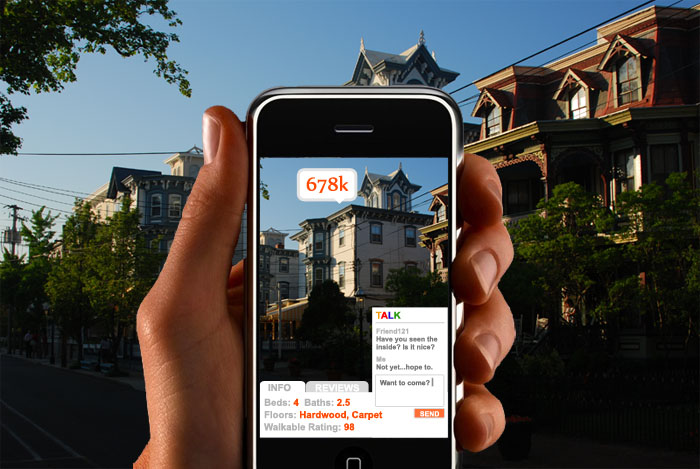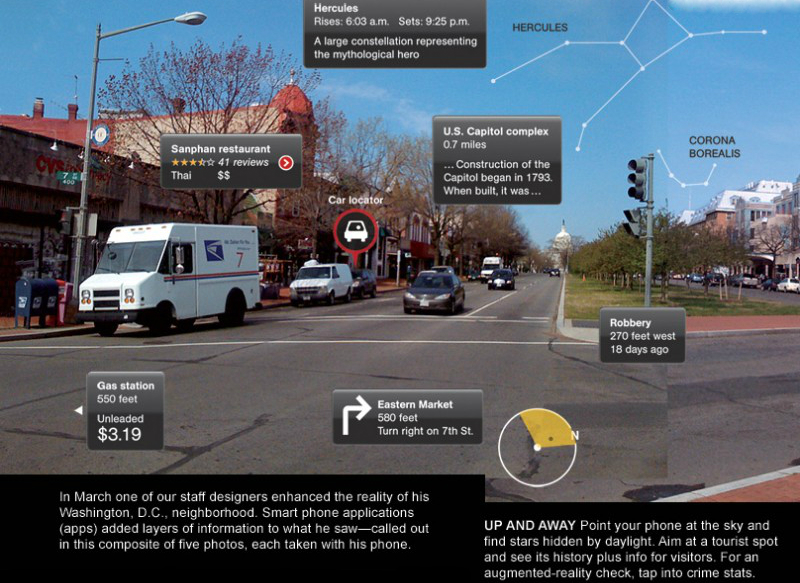Changes to Facebook Fan Pages Breathes New Life Into Email & SMS Marketing
If you are the CEO or owner of a business, or are in charge of your company’s marketing efforts, you are probably already aware of Facebook’s recent algorithm changes and how they are dramatically affecting the reach of your Facebook page. It used to be that you could market your products or service on Facebook virtually for FREE and reach a HUGE audience without paying anything. You simply needed to post content that people would react to and engage with. However, Facebook has throttled down reach SO much that it has become almost impossible to reach the same numbers of people with your Facebook page, especially if you are refusing to pay Facebook for sponsored posts and advertising. It does not matter if you are still creating original and engaging content; yes, it does help a little and you will notice your reach go up a little bit, but there is no way you are going to reach the same numbers of people you did before Facebook’s algorithm change on April 14th. So how do you combat this dramatic change in your company’s brand exposure? You would be surprised where we found our answer.
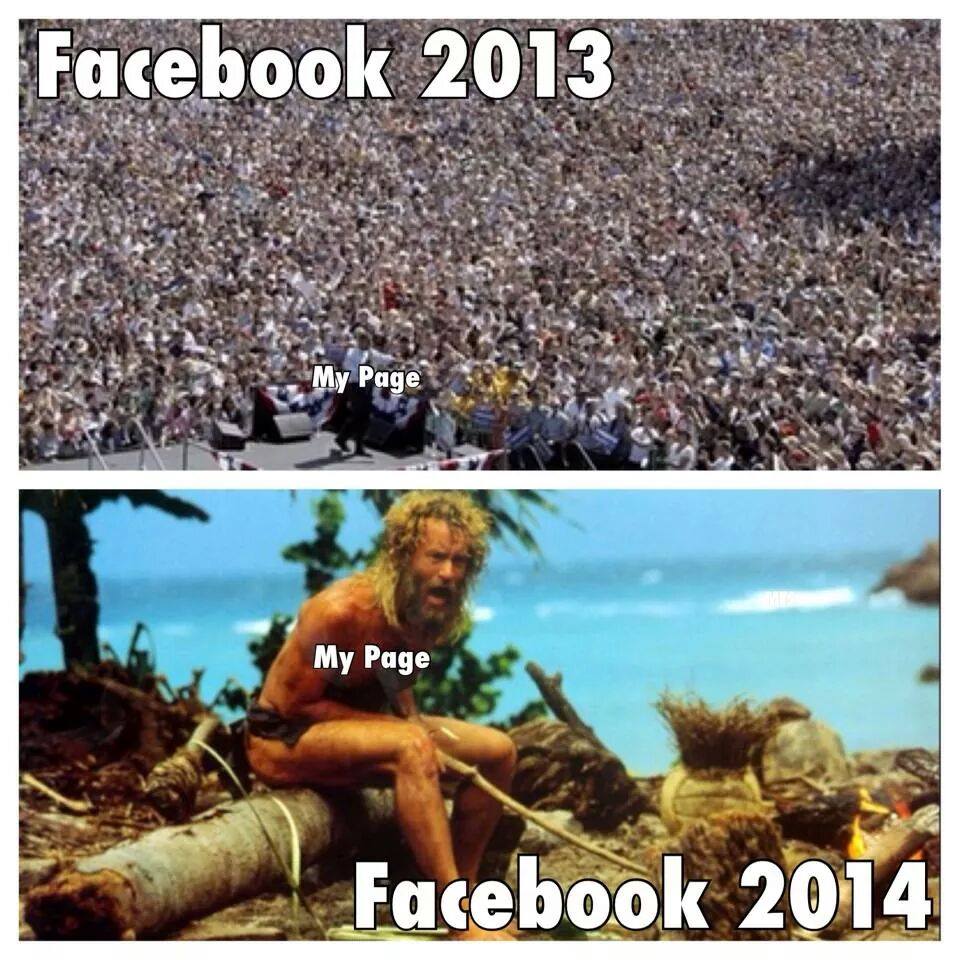
Facebook Fan Page Reach Drops to below 3% on Average
First, let’s take a look at the numbers. Due to Facebook’s recent changes to reach, you now reach about 1-3% of your total audience with any given post. That means that if you have a page of 200 thousand Likes, you are reaching a little over a thousand of those people with any given post. That is PUTRID compared to what you used to be able to reach.
In fact, we actually did a data analysis regarding this using our sister companies’ Facebook pages which have a cumulative total of 1.4 MILLION fans. Historically we used to be able to post something on any one of those sites and we would reach a vast majority of our fans, or even more through sharing! However more recently, after finding out the total number of people we reached per post, we then divided that number by the total number of people who saw ANY post we posted during that particular time period. The resulting number is the AVERAGE PERCENTAGE of the people who saw the post who also LIKED the page. We ran this test in the month following Facebook’s change on April 14th and the results have been staggering. Of the five pages we ran this study on, NOT ONE post on any page even hit 3% of our audience! To be specific, the average percentage of the people who LIKED our pages who actually SAW our posts on each page read like this: 2.9%, 1.3%, 1.3%, 2.3%, and 0.069% respectively!!! That is an average reach per post of 1.574%. No, we are NOT kidding. Also, keep in mind that we changed NOTHING as far as what we posted, when we posted, and how we posted.
Along with this startling information, any post you put on Facebook will die within 2-3 days, or even sooner! So not only are your Facebook posts reaching far fewer people, but they are also being erased from the socialsphere much quicker than ever before. So how do you reach these people when you don’t have the gigantic Facebook megaphone you used to have?
So where do you turn? Many marketing directors and agencies have begun to fall back to Email and SMS Marketing.
Email Marketing Advantages over Facebook
Email marketing has a relatively strong reach, or open rate in email speak, when relating it back to the reach you are currently getting on Facebook. Email open rates are generally 15% of your database, which means that about 15% of the emails that you send to your email database will actually be opened by the receiver. Knowing that you are barely reaching even 2% of your audience on Facebook, email marketing has experienced a rebirth due to its reliability and efficiency relative to the results you will get on Facebook.
It is also important to note that email open rates also experience a diminishing return. This means that with each email blast you send out to your entire database, your open rates will gradually diminish. This is due to people either unsubscribing from your database, trashing your email, or your emails are being sent to people’s spam folders. So you will either have to switch methods again to make up for this loss, or find a way to consistently grow your email database while you are employing email marketing as the driving force behind your marketing campaign. Regardless of how you look at it, it would be extremely difficult for any marketing campaign to survive on Facebook and email alone, so where do you turn next?
SMS Marketing Advantages over Facebook
SMS absolutely CRUSHES Facebook when it comes to effectiveness and efficiency. Think about it; SMS has a 99% open rate and a 97% open rate within 3 minutes! This means that almost literally EVERY message you send yo your SMS database WILL be seen by your subscribers. They HAVE to! Have you ever been able to delete a text message without looking at it? Exactly, you can’t. Additionally, SMS messages NEVER die until they are deleted by the receiver. That means that ANY message you send to your subscribers WILL be read. They HAVE to be read to even be deleted!
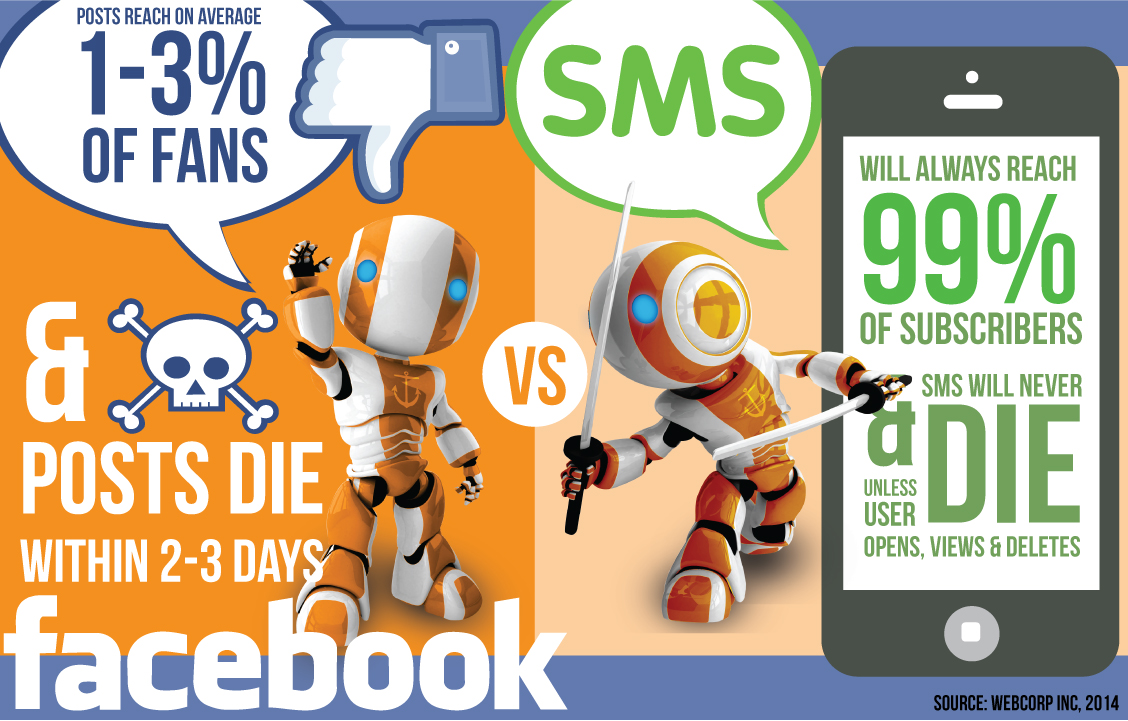
So STOP banging your head against the brick wall Facebook has built when it comes to exposure. You WILL NOT get the same reach you did before, Facebook has made it a point to make that absolutely impossible to attain. Switch your marketing efforts to SMS and send messages that you KNOW people will see! To put it simply; SMS will ALWAYS reach 99% of your audience, NO MATTER WHAT! Can you possibly think of a better medium to market to your audience through?
We couldn’t either.





